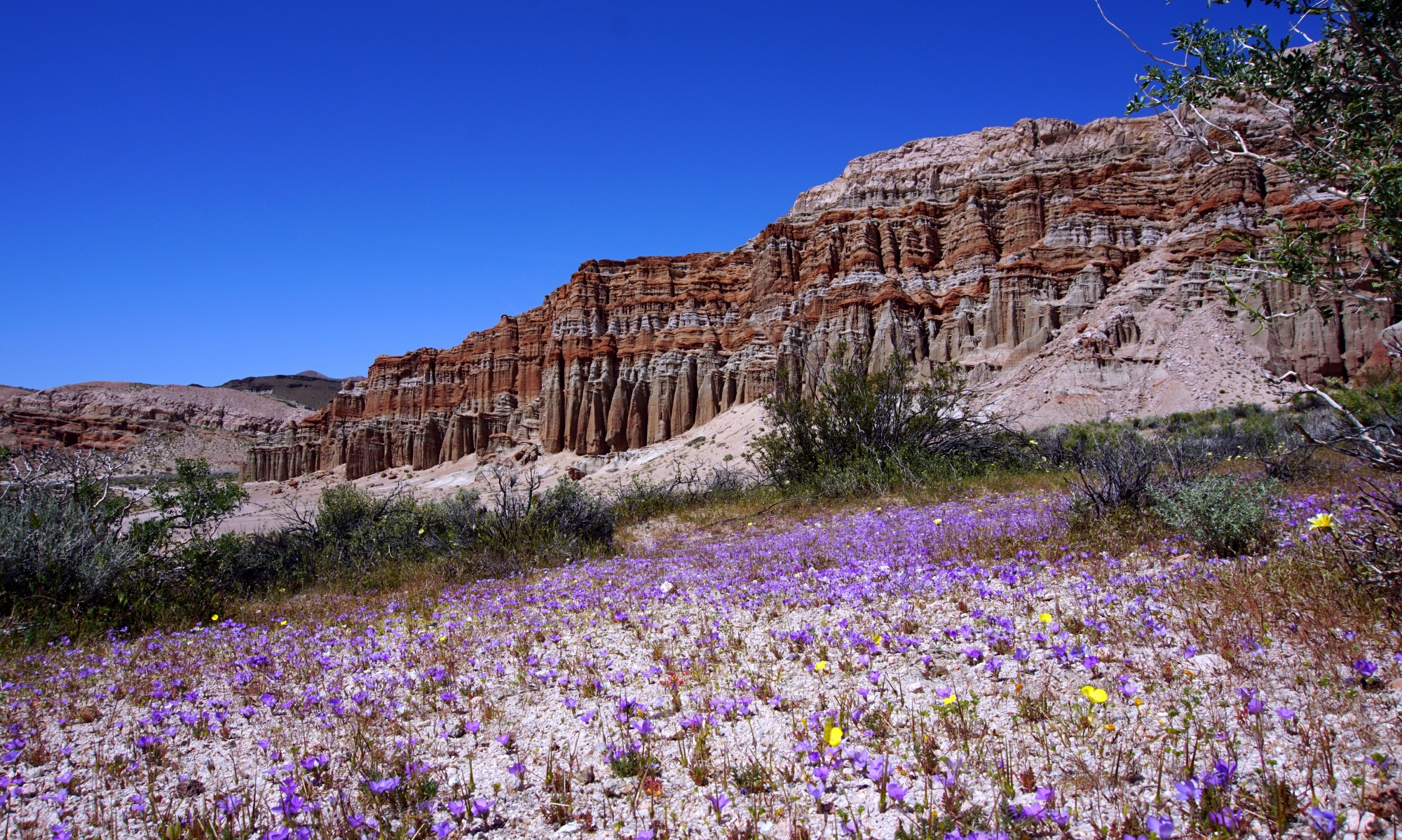RATING: ♦♦♦♦♦+
Monticello is the home of Thomas Jefferson. Jefferson was a very impressive guy. We all know that he was the principal author of the Declaration of Independence, but did you know he was only 33 when he wrote it? After writing the Declaration, he spent the next 33 years in public life. During the American Revolution, he served as a member of Congress, as Governor of Virginia, and as Minister to France. Afterward, he became America’s first Secretary of State under George Washington, its second Vice-President under John Adams, and was elected its third President.
Somehow, he also found the time to become a master architect, horticulturist, mechanic, surveyor, mathematician, and musician. And he spoke several languages. He was a prolific letter writer and record keeper. As a result of Jefferson’s meticulous record keeping and more than 50 years of scholarly research, Monticello is among the best-documented, best-preserved, and best-studied plantations in the country.
Monticello was the center of Jefferson’s world. It is situated on the summit of an 850-foot high peak in the Southwest Mountains near Charlottesville. The name Monticello is derived from the Italian for “little mount”. Jefferson inherited the initial 5,000 acres from his father and began designing and building Monticello at age 26. He designed every aspect of Monticello, constructing and modifying its buildings and landscape over a period of 40 years. It was always a work in progress.
We were looking forward to our visit to Monticello, and we weren’t disappointed. The 360-degree views from the hilltop alone were worth the price of admission. We spent most of the afternoon walking the grounds, but we also took a 45-minute guided tour of the inside of the first floor of the house.
In the main entry hall, a huge map of the Louisiana Territory is prominently hung on the wall, along with various artifacts brought back by Lewis and Clark. Jefferson was an inventor, and many of his inventions were on display throughout the rest of the home, including his Great Clock that indicated the time and day of the week, his “polygraph” that connected to his writing instrument thus making a second copy of the letter or document he was writing, and his innovative dumbwaiters that rose through the wine cellar’s ceiling and into both sides of the mantelpiece in the dining room above.
We finished the day by walking past the family graveyard where Jefferson is buried. He wrote his own epitaph, which says, “Here was buried Thomas Jefferson • Author of the Declaration of American Independence and of the Statute of Virginia for Religious Freedom and Father of the University of Virginia.” Though remembered for so much, these were his three proudest accomplishments.
Monticello provided us with a wonderful glimpse into the life of one of history’s great figures. Jefferson was an extraordinary man, and his home is a singular place. As Americans, we are deeply grateful for both.
Website: Monticello

